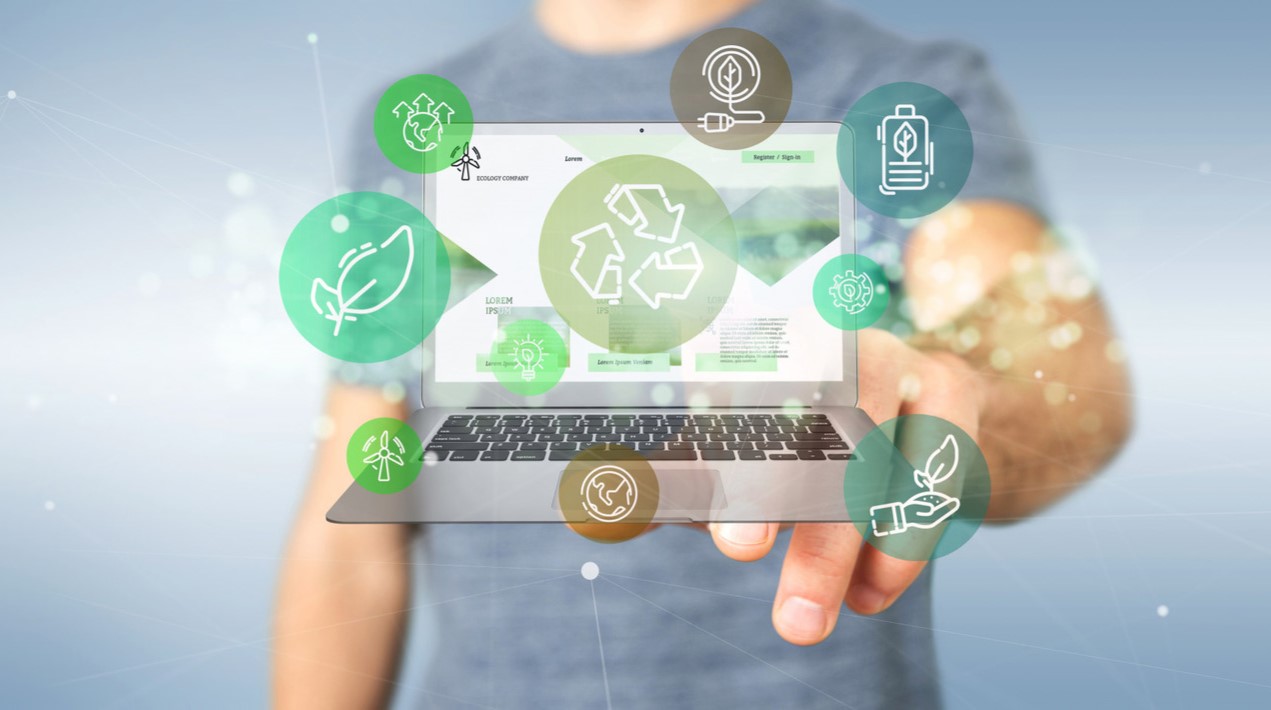
Thailand’s Minister of Labour urged the Thai Office of Labour Abroad to focus on five key areas in handling Thai workers overseas. The focus is on Thailand overseas workers digital skill building.
These include protecting Thai labour abroad to ensure they receive all benefits in accordance with their employment contracts; developing the potential of these workers abroad to have knowledge, skills, and acquiring technology; creating a good quality of life for them, and more.
He added that this year the ministry aims to send 100,000 Thai workers overseas, especially to countries with high potential, to give these workers a chance to develop their skills.
In turn, they can then bring these skills and knowledge back to develop and enhance Thailand’s labour potential.
The top four countries he stated are Taiwan, the Republic of Korea, Japan, and Israel.
The Minister also stressed the importance of continuous self-development among Thais to keep up with changing trends and technology.
Concurrently, they must also set clear goals and outcomes in any projects to be implemented, in order to achieve concrete results and success.
According to a press release, the Minister gave policy and operational guidelines to the ambassador pertaining to the Office of Labour’s Abroad Annual budget year 2020.
He emphasised that diplomatic workers must protect Thai workers abroad to receive full benefits. And monitor the situation that affects Thai workers.
The Minister stated that the role and mission of the current office of labour are to promote skilled labour and to create opportunities for greater employment.
Focusing on R&D
OpenGov Asia earlier reported that the country’s research and development (R&D) investments are expected to amount to THB200 billion this year, up 32% from last year, according to Office of the National Science Technology and Innovation Policy Office.
The investments accounting for 1.2% of GDP are largely made on R&D in the automotive, food and technology sectors, according to the Office Director.
R&D investments have grown in “leaps and bounds” in recent years. Last year, they expanded 36% from 2017.
In the next three years, the office wants to push R&D investments to THB280 billion per year.
The government also aims to produce more graduates with science, technology, engineering and mathematics (STEM) degrees. By 2027, the country hopes to see those with STEM degrees make up half of the total yearly graduates.
Preparing Thailand Workforce for the Digital Economy
Thailand’s government must invest heavily in developing Thailand’s manpower in order to survive in the fast-moving digital economy, the President of the Thailand Development and Research Institute (TDRI) urged.
The Thai workforce is in the midst of digital disruption; if skills are not developed in time to serve the new system, the workers will end up having to move out of the labour market.
Moreover, the government has been advised to develop the skills of the national workforce so it is ready to serve the Eastern Economic Corridor (EEC).
From 2015 to 2018, investments in the EEC worth THB1.014 trillion have been approved and most of them are in the sectors of petrochemical, auto, agriculture, biotechnology, robotics and aviation.
Most of these industries require workers who have high expertise and the ability to learn quickly. Hence, the government must make preparing manpower a top priority so that it can serve the new economy and help push the country towards the digital economy in line with the Thailand 4.0 strategy.
The President of TDRI also stated that while the new government will continue to drive the EEC to boost aggressive investments from the private sector, it should also look to collaborate with neighbouring communities and address concerns, especially those related to the environment.
















